Home / Albums / Natural History / Miscellaneous 19

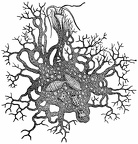 Protomyxa Feeding
Protomyxa Feeding Fresh-Water Hydra
Fresh-Water Hydra Star-fish Opening an Oyster
Star-fish Opening an Oyster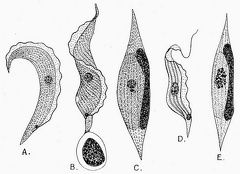 Trypanosoma Ziemanni, from the blood of the little owl
Trypanosoma Ziemanni, from the blood of the little owl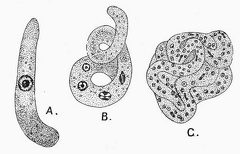 Trypanosoma Ziemanni, from the gut of the gnat
Trypanosoma Ziemanni, from the gut of the gnat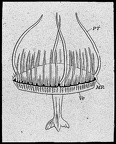 The Freshwater Jelly-fish of Regent’s Park (Limnocodium Sowerbii)
The Freshwater Jelly-fish of Regent’s Park (Limnocodium Sowerbii)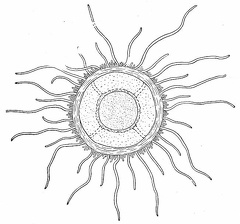 The Freshwater Jelly-fish of Lake Tanganyika
The Freshwater Jelly-fish of Lake Tanganyika The unicellular parasite Benedenia, from the gut of the common Poulp or Octopus
The unicellular parasite Benedenia, from the gut of the common Poulp or Octopus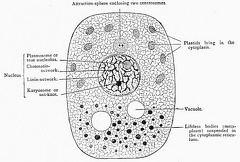 Diagrammatic representation of the structures present in a typical cell
Diagrammatic representation of the structures present in a typical cell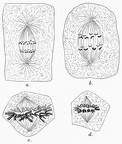 The Number of the Chromosomes
The Number of the Chromosomes A diagram showing the life-history and migration of the Malaria parasite
A diagram showing the life-history and migration of the Malaria parasite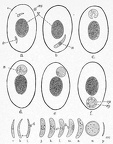 Lankesterella ranarum (Lank.), the parasite of the red blood-corpuscles of the edible Frog
Lankesterella ranarum (Lank.), the parasite of the red blood-corpuscles of the edible Frog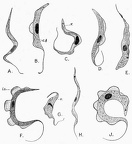 Various species of Trypanosoma from the blood of mammals, birds, and reptiles
Various species of Trypanosoma from the blood of mammals, birds, and reptiles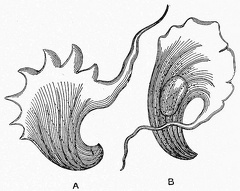 The earliest discovered Trypanosome, described by Gruby in 1843
The earliest discovered Trypanosome, described by Gruby in 1843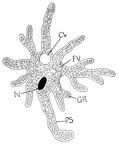 Diagram of amœba
Diagram of amœba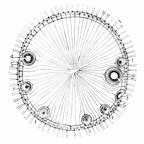 Volvox
Volvox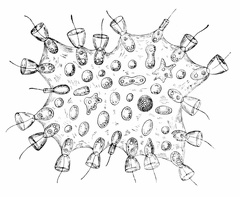 Proterospongia
Proterospongia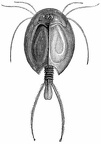 Gill foot
Gill foot Water flea
Water flea



